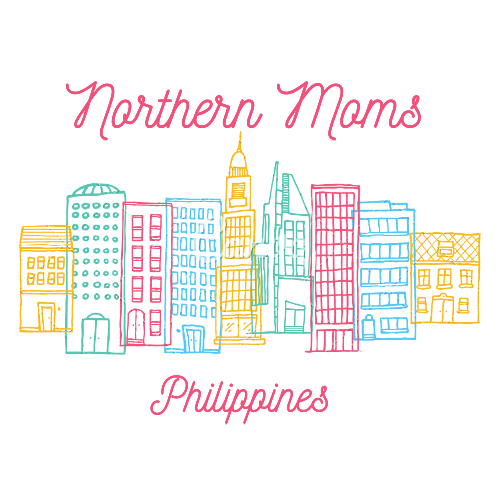Death is an inevitable part of life, and cultures around the world have their own special ways to deal with it. From elaborate funeral ceremonies to strange burial practices, there are plenty of fascinating funeral customs from around the globe. In this blog post, we’ll take a closer look at 19 of the most intriguing ones from around the globe.
Tibetan Sky Burial
Tibetans believe that after death, the soul of an individual will reincarnate in another form. To facilitate this process, bodies are placed atop high mountains where scavengers such as vultures and hawks consume them in what is known as a ‘sky burial’ ritual.
Viking Funeral Pyres
In ancient times, Vikings believed that burning the dead on a boat set ablaze by flaming arrows was an honorable way to enter Valhalla - their afterlife. This practice still persists today in certain parts of Scandinavia.
Greek Orthodox Funerals
Grieving families in Greece traditionally bury the deceased with money or jewelry to ease their journey into eternal rest. After the coffin has been laid in the ground, mourners often throw flowers or coins on top as a mark of respect.
Chinese Ghost Marriage
This ancient custom involves two deceased individuals being legally wed in a ceremony - even though they have already passed away! In this way, they remain symbolically united throughout eternity.
Mexican Wake Parties
Families come together in Mexico to commemorate death with joyful wake parties that include drinking tequila, eating traditional meals, and playing music - with the hope that this will help their loved one transition peacefully into the next life.
Jewish Burial Traditions
Jewish funerals typically take place within 24 hours of someone’s passing. One unique custom involves covering mirrors in homes with black cloth as a reminder that mourning should take priority over personal vanity.
Irish Wakes
Irish wakes are joyous celebrations held to honor the life of a deceased relative. These gatherings typically last several days and include music, song, as well as plenty of food and drinks to remember the beloved departed.
Tibetan Buddhist Burial Ceremonies
Tibetan Buddhists believe that funeral ceremonies can help a person’s spirit find its way after death. Therefore, they pay great attention to detail when organizing these events. Monks chant mantras as part of this tradition while family members offer gifts and prayers in remembrance of the deceased.
Incan Funeral Rituals
The Incas of Peru believed that the dead continued their journey after death. To aid them on this journey, they would supply them with items like food and clothing for their journey. Mummies were often buried with jewelry, pottery, and other offerings as a guide through this lifetime.
Native American Burial Rituals
Native Americans believe death is more of a passage between worlds than an end, thus burials are meant to gently usher the deceased into their next realm. Offerings often consist of items symbolizing courage and strength such as arrows or feathers, while prayers and songs can be sung during this ritualistic event.
Balinese Cremation Ceremonies
In Bali, funerals are commemorated with vibrant and elaborate cremation ceremonies. The deceased is placed inside an ornate tower-like structure known as ‘tower of silence’ before being burned on an enormous pyre.
Japanese Bon Festival
Japan holds the Bon Festival annually to remember and honor those who have passed away. During this time, people visit their family gravesites, clean them, and offer food and prayers in remembrance of those who have gone before.
Zoroastrian Funerals
Zoroastrians believe that fire symbolizes purity and truth, so it plays an integral part of their funerary practices. The body is placed on a wooden pyre and burnt until all bones have been reduced to ashes; then, they are scattered either into the sea or on top of a sacred mountain peak.
Experience Indian Asthi Visarjan Ceremony
Hindus perform an Asthi Visarjan ceremony after cremation, in which the ashes of the deceased are scattered into a holy river such as India’s Ganges River. This ritual helps guide their loved one’s spirit towards its ultimate destination and brings comfort to those left behind.
Aboriginal Burials in Australia
Australian Aboriginals practice ‘tuck’, an ancient burial custom which involves wrapping the deceased in a bark blanket and interring them in an unmarked grave. This symbolizes their eternal connection to the land and helps them find peace during their afterlife.
Caribbean Funerals
In the Caribbean, friends and family often come together at a funeral to commemorate their loved one’s life with music, food, and dance. This helps ease their transition into eternal bliss after death.
Filipino Funerals
Filipino funerals typically last several days and include spiritual rituals, music, prayers and food. Following the burial, family members often make offerings of flowers or incense at the gravesite as a way of honoring their departed relative.
Ghanaian Burials
Ghanaians usually bury their dead within 24 hours in a shallow grave facing eastward toward God’s home in the sky. They also hold a funeral feast and pay respect to those who have already passed away.
Thai Funerals
Thai funerals consist of elaborate ceremonies and rituals of mourning, as well as visits to the temple for prayers and meditations. Typically, the deceased is laid out in an open casket with offerings of food and flowers around them - believed to aid them on their journey into eternal bliss.
Different Child Burial Rituals
Many cultures have elaborate burial rituals for children that are more elaborate than those for adults. In some cultures, the body is placed in a special cradle or box and buried facing east; in others it’s wrapped in swaddling clothes and placed atop a bed of flowers. In China, small joss sticks are burned near gravesites to ward off evil spirits. Other examples of sky burials and Norse ship burials involve placing the body on a wooden boat filled with offerings before setting it ablaze. Nowadays, however, most children are buried in cemeteries with proper graves and headstones. Child caskets by Memorials.com are designed for children and offer families a dignified way to commemorate their loved one’s passing while offering families comforting memories.
No matter your cultural background, funerals offer an important chance for family and friends to celebrate the life of a beloved individual and wish them peace on their next journey. Each ritual has its own special touch that shows respect for both those who have passed away as well as those left behind. By learning about different customs from around the world, we can gain a better insight into people’s cultures.
 Copyright protected by Digiprove © 2023
Copyright protected by Digiprove © 2023












